Ropes
.
- - 14 %
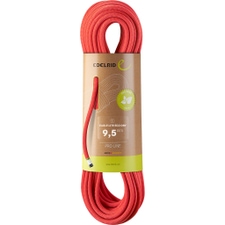 EdelridEagle Lite Eco Dry 9,5 mm Rope Neon CoralMSRP 219,95 €189,95 €Available Sizes:6070
EdelridEagle Lite Eco Dry 9,5 mm Rope Neon CoralMSRP 219,95 €189,95 €Available Sizes:6070
- - 28 %new
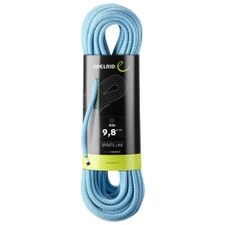 EdelridBoa 9,8 mm Rope BlueMSRP 124,95 €89,95 €Available Sizes:4050607080
EdelridBoa 9,8 mm Rope BlueMSRP 124,95 €89,95 €Available Sizes:4050607080
- - 10 %new
 EdelridLiner Ropebag Night/OasisMSRP 29,95 €26,95 €One size
EdelridLiner Ropebag Night/OasisMSRP 29,95 €26,95 €One size - - 12 %new
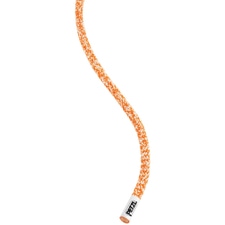 PetzlRad Line 6 mm Rope OrangeMSRP 181,50 €159,95 €Available Sizes:3060
PetzlRad Line 6 mm Rope OrangeMSRP 181,50 €159,95 €Available Sizes:3060
- - 20 %new
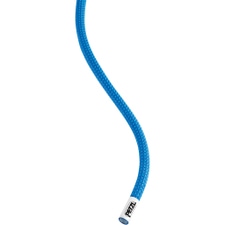 PetzlRumba 8.0 mm 60 m RopeMSRP 161,95 €129,95 €Basic price: 2.17 € / MeterOne size
PetzlRumba 8.0 mm 60 m RopeMSRP 161,95 €129,95 €Basic price: 2.17 € / MeterOne size
- - 18 %new
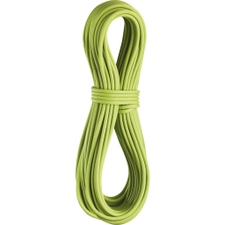 EdelridApus Pro Dry 7,9 mm 60 m RopeMSRP 194,95 €159,95 €Basic price: 2.67 € / MeterOne size
EdelridApus Pro Dry 7,9 mm 60 m RopeMSRP 194,95 €159,95 €Basic price: 2.67 € / MeterOne size
- - 18 %new
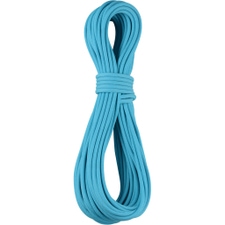 EdelridApus Pro Dry 7,9 mm 60 m RopeMSRP 194,95 €159,95 €Basic price: 2.67 € / MeterOne size
EdelridApus Pro Dry 7,9 mm 60 m RopeMSRP 194,95 €159,95 €Basic price: 2.67 € / MeterOne size
- - 20 %new
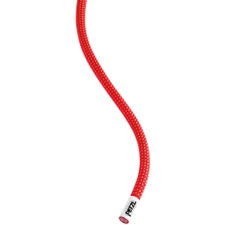 PetzlRumba 8.0 mm 60 m RopeMSRP 161,95 €129,95 €Basic price: 2.17 € / MeterOne size
PetzlRumba 8.0 mm 60 m RopeMSRP 161,95 €129,95 €Basic price: 2.17 € / MeterOne size
- - 15 %new
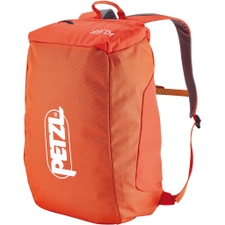 PetzlKliff Ropebag RotMSRP 54,95 €46,70 €One size
PetzlKliff Ropebag RotMSRP 54,95 €46,70 €One size - - 13 %new
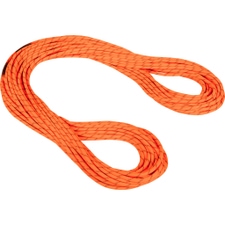 Mammut8.0 Alpine Dry RopeMSRP 149,95 €129,95 €Available Sizes:506070
Mammut8.0 Alpine Dry RopeMSRP 149,95 €129,95 €Available Sizes:506070
- - 19 %new
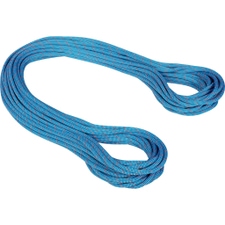 Mammut9.5 Crag Classic Rope Classic StandardMSRP 159,95 €129,95 €Available Sizes:6070
Mammut9.5 Crag Classic Rope Classic StandardMSRP 159,95 €129,95 €Available Sizes:6070
- - 10 %new
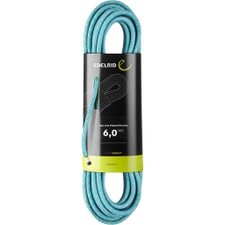 EdelridRap Line Protect Pro Dry 6 mm Rope IcemintMSRP 149,95 €134,95 €Available Sizes:30405060
EdelridRap Line Protect Pro Dry 6 mm Rope IcemintMSRP 149,95 €134,95 €Available Sizes:30405060
- - 11 %new
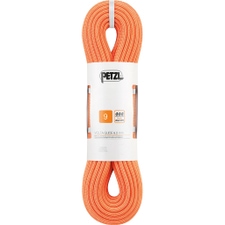 PetzlVolta Guide 9 mm Rope OrangeMSRP 223,50 €199,95 €Available Sizes:5060
PetzlVolta Guide 9 mm Rope OrangeMSRP 223,50 €199,95 €Available Sizes:5060 - - 14 %
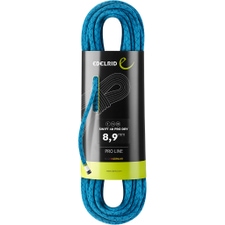 EdelridSwift 48 Pro Dry 8,9 mm RopeMSRP 209,95 €179,95 €Available Sizes:506070
EdelridSwift 48 Pro Dry 8,9 mm RopeMSRP 209,95 €179,95 €Available Sizes:506070
- - 20 %new
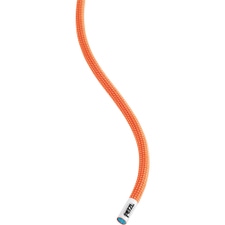 PetzlPaso Guide 7,7 mm 60 m Rope OrangeMSRP 187,50 €149,95 €Basic price: 2.5 € / MeterOne size
PetzlPaso Guide 7,7 mm 60 m Rope OrangeMSRP 187,50 €149,95 €Basic price: 2.5 € / MeterOne size
- - 19 %new
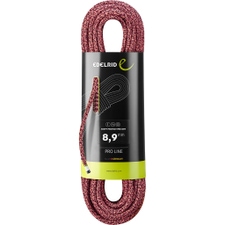 EdelridSwift Protect Pro Dry 8,9 Rope Night-fireMSRP 269,95 €219,95 €Available Sizes:6070
EdelridSwift Protect Pro Dry 8,9 Rope Night-fireMSRP 269,95 €219,95 €Available Sizes:6070
- - 26 %new
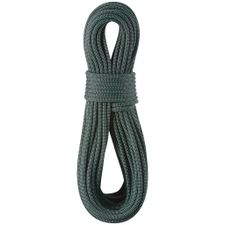 EdelridKestrel Pro Dry 8.5 mm 60m Rope NightMSRP 189,95 €139,95 €Basic price: 2.33 € / MeterOne size
EdelridKestrel Pro Dry 8.5 mm 60m Rope NightMSRP 189,95 €139,95 €Basic price: 2.33 € / MeterOne size
- - 14 %new
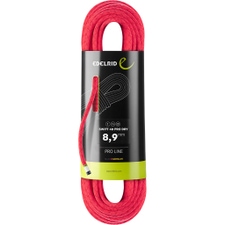 EdelridSwift 48 Pro Dry 8,9 mm Rope PinkMSRP 209,95 €179,95 €Available Sizes:506070
EdelridSwift 48 Pro Dry 8,9 mm Rope PinkMSRP 209,95 €179,95 €Available Sizes:506070
- - 22 %
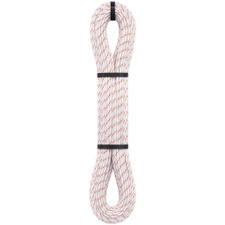 PetzlPur Line 6 mm Technical Cord RopeMSRP 192,50 €149,95 €Basic price: 2.31 € / MeterOne size
PetzlPur Line 6 mm Technical Cord RopeMSRP 192,50 €149,95 €Basic price: 2.31 € / MeterOne size - - 20 %new
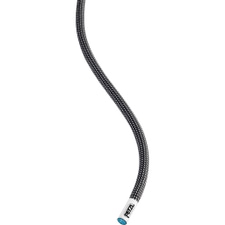 PetzlPaso Guide 7,7 mm 60 m Rope GrayMSRP 187,50 €149,95 €Basic price: 2.5 € / MeterOne size
PetzlPaso Guide 7,7 mm 60 m Rope GrayMSRP 187,50 €149,95 €Basic price: 2.5 € / MeterOne size
- - 19 %new
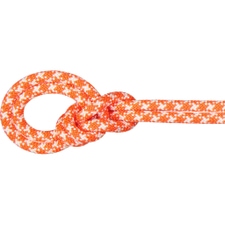 Mammut9.5 Crag Classic Rope Classic StandardMSRP 159,95 €129,95 €Available Sizes:607080
Mammut9.5 Crag Classic Rope Classic StandardMSRP 159,95 €129,95 €Available Sizes:607080
- - 17 %new
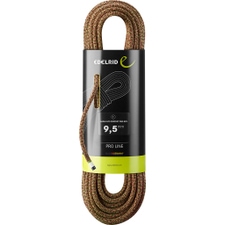 EdelridEagle Lite Protect Pro Dry 9,5 mm Rope Neon Pink-neon GreenMSRP 239,95 €199,95 €Available Sizes:6070
EdelridEagle Lite Protect Pro Dry 9,5 mm Rope Neon Pink-neon GreenMSRP 239,95 €199,95 €Available Sizes:6070
- - 26 %new
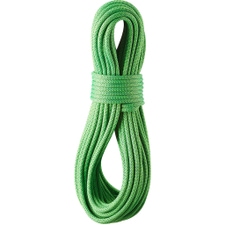 EdelridKestrel Pro Dry 8.5mm 60m Rope Neon GreenMSRP 189,95 €139,95 €Basic price: 2.33 € / MeterOne size
EdelridKestrel Pro Dry 8.5mm 60m Rope Neon GreenMSRP 189,95 €139,95 €Basic price: 2.33 € / MeterOne size
- - 13 %new
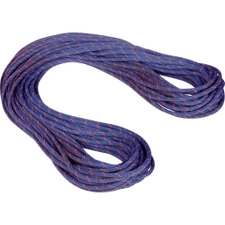 Mammut9.0 Crag Sender Dry RopeMSRP 229,95 €199,95 €Available Sizes:6070
Mammut9.0 Crag Sender Dry RopeMSRP 229,95 €199,95 €Available Sizes:6070 - - 11 %new
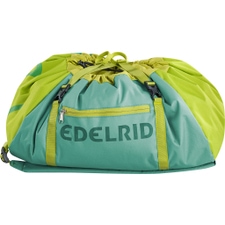 EdelridDrone Ropebag JadeMSRP 44,95 €39,95 €One size
EdelridDrone Ropebag JadeMSRP 44,95 €39,95 €One size - - 15 %new
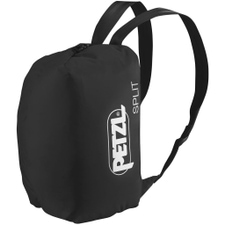 PetzlSplit Ropebag GrauMSRP 46,95 €39,90 €One size
PetzlSplit Ropebag GrauMSRP 46,95 €39,90 €One size - - 15 %new
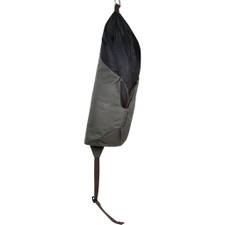 Blue IceKoala Ropebag Urban ChicMSRP 54,95 €46,70 €One size
Blue IceKoala Ropebag Urban ChicMSRP 54,95 €46,70 €One size - - 9 %
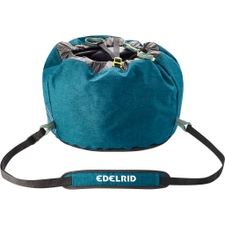 EdelridCaddy II Ropebag DeepblueMSRP 54,95 €49,95 €One size
EdelridCaddy II Ropebag DeepblueMSRP 54,95 €49,95 €One size
- - 19 %
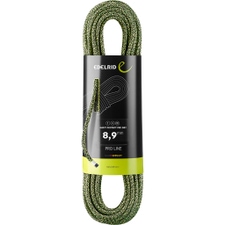 EdelridSwift Protect Pro Dry 8,9 RopeMSRP 269,95 €219,95 €Available Sizes:6070
EdelridSwift Protect Pro Dry 8,9 RopeMSRP 269,95 €219,95 €Available Sizes:6070
- - 17 %
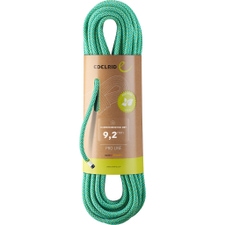 EdelridHummingbird Eco Dry 9,2 mm RopeMSRP 239,95 €199,95 €Available Sizes:6070
EdelridHummingbird Eco Dry 9,2 mm RopeMSRP 239,95 €199,95 €Available Sizes:6070
- - 13 %new
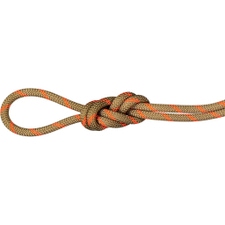 Mammut8.0 Alpine Dry Rope RopeMSRP 149,95 €129,95 €Available Sizes:506070
Mammut8.0 Alpine Dry Rope RopeMSRP 149,95 €129,95 €Available Sizes:506070 - - 15 %new
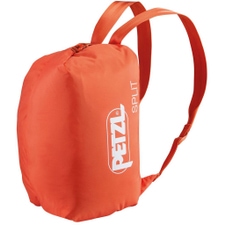 PetzlSplit Ropebag Rot / OrangeMSRP 46,95 €39,90 €One size
PetzlSplit Ropebag Rot / OrangeMSRP 46,95 €39,90 €One size - - 15 %new
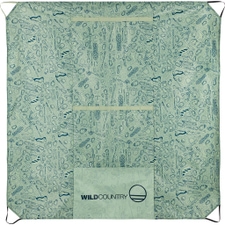 Wild CountryTarp Ropebag GearstormMSRP 27,95 €23,75 €One size
Wild CountryTarp Ropebag GearstormMSRP 27,95 €23,75 €One size - - 10 %new
 Mammut9.5 Alpine Core Protect Dry RopeMSRP 249,95 €224,95 €Available Sizes:6070
Mammut9.5 Alpine Core Protect Dry RopeMSRP 249,95 €224,95 €Available Sizes:6070
- - 10 %new
 Mammut7.5 Alpine Sender Dry Rope Fire / BlueMSRP 179,95 €161,95 €Available Sizes:60
Mammut7.5 Alpine Sender Dry Rope Fire / BlueMSRP 179,95 €161,95 €Available Sizes:60
- - 10 %new
 Mammut7.5 Alpine Sender Dry Rope Blue / Safety OrangeMSRP 179,95 €161,95 €Available Sizes:60
Mammut7.5 Alpine Sender Dry Rope Blue / Safety OrangeMSRP 179,95 €161,95 €Available Sizes:60
- - 10 %new
 Mammut8.0 Alpine Core Protect Dry RopeMSRP 219,95 €197,95 €Available Sizes:6070
Mammut8.0 Alpine Core Protect Dry RopeMSRP 219,95 €197,95 €Available Sizes:6070
- - 10 %new
 Mammut8.0 Alpine Core Protect Dry RopeMSRP 219,95 €197,95 €Available Sizes:6070
Mammut8.0 Alpine Core Protect Dry RopeMSRP 219,95 €197,95 €Available Sizes:6070



A climbing rope is not just your typical rope. It is longer and built entirely differently! In this djungel of ropes, you will easily get lost – what do I need? What features? How long? There are a bunch of aspects to pay attention to before purchase!
Different ropes, different norms
Climbing ropes first of all vary between single ropes, half ropes and twin ropes. The single rope is used indoors or when sport climbing. It has a diameter of around 8,9 to 11mm. The half rope is used when alpine climbing or when belaying yourself. This is always used in pairs. It is thinner than the single rope and also used on the glacier. The twin rope is a combination of a half rope and a single rope. These are also used in pairs, but other than with half ropes, both ropes are put in the interim fixation. If you fall, both ropes will be strained, which is why these ropes can be thinner.
All ropes used when you could possibly fall have to be dynamic. Only if this is the case, they can actually stretch and catch your fall accordingly. With a static rope, you will quickly get injured in case of a fall! Static ropes are therefore not build to climb with, but to for example pull material behind you or abseiling only. By the way, each rope also has a specific number of crashes after which you should get a new one! And before heading into the mountains, make sure you check for possible damages.
Characteristics of your climbing rope
First off – the length. The longer the rope, the longer the routes you can do. Lengths vary from 40 to 80 meters. Also, the longer it is, the more expensive and of course the heavier!

Some ropes also have impregnation, or Thermo Shield. This guards the rope from water, which is especially important when doing glacier tours or ice climbing! Glacier ropes are also lighter and thinner.
The thicker the diameter, the more weight the rope has. If you are doing a lot of top rope climbing, the traction on your rope is quite high, which is why you should get a quite thick one. Same goes for indoor climbing because here, the rope will often get stuck. Also, make sure the rope fits your belaying device!
Then there are so-called rap lines. These are good for pulling up material, for abseiling or as an emergency rope. They have a thinner diameter and are really light weight!
Climbing rope – and what else?
A climbing rope by itself does not really give you much. You also need additional gear such as your harness, climbing shoes and a climbing helmet! And of course, the right belaying device and carabiners to fit your rope.
Read more regarding climbing ropes
Safe on the mountain and in the climbing hall: Everything you need to know about ropes
Climbing ABC: The most popular types of climbing
Climbing Essentials: All you need to know
Get vertical with the right pair of climbing shoes
©Climbing rope by Mikey Schaefer ©Coloured climbing ropes by Simon Grietl
